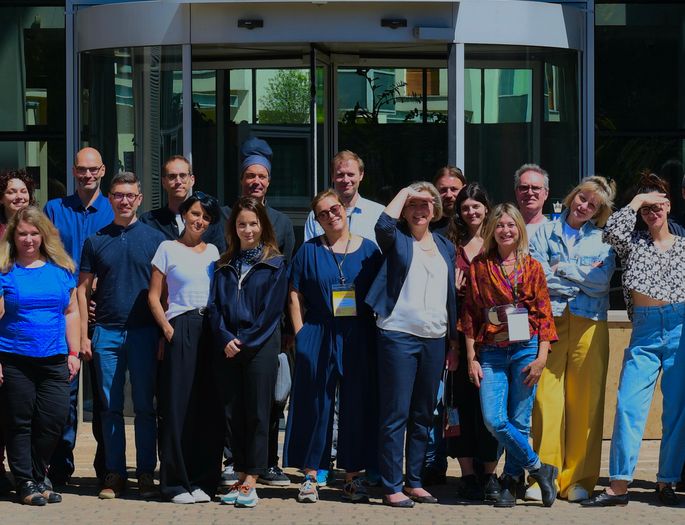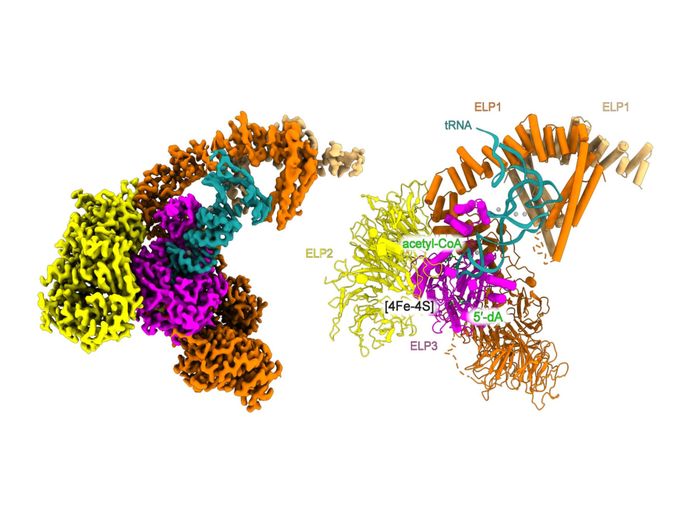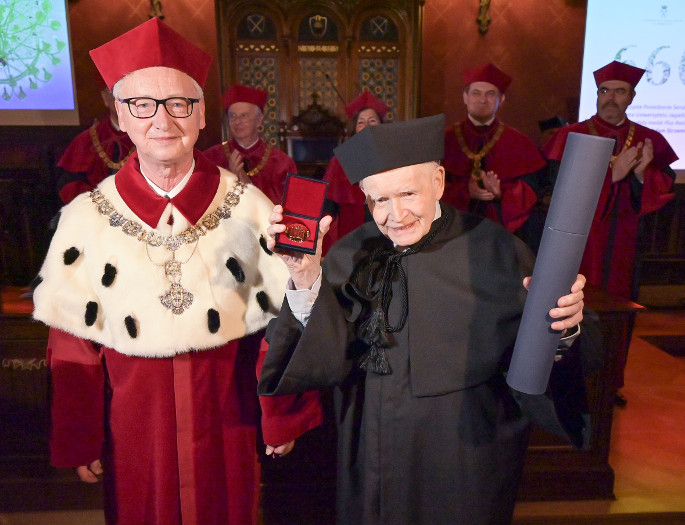
Have you ever heard about the Fibonacci sequence? Did you know that it can be found all over in the world that surrounds us? Scientists are not quite sure why Mother Nature is so keen on the Fibonacci numbers, but a few examples and a brief explanation are certainly in order.
First, let’s learn a little more about the Fibonacci sequence. It’s a series of natural numbers characterised by the fact that every number after the first two is the sum of the two preceding ones. Therefore, the first several of those numbers are 0, 1, 1, 2, 3, 5, 8, 13, 21, 34, 55, 89, 144, 233, 377, 610, 987, and so on. It is believed it was invented by Leonardo of Pisa, also known as Leonardo Bonacci, Leonardo Pisano Bigollo, or Leonardo Fibonacci, that last name being an artificial construct created in 1838 by the Franco-Italian historian Guillaume Libri (short for ‘filius Bonacci’ – ‘son of Bonacci’). In one of his works, ‘Liber abaci’, Leonardo used the sequence to solve a mathematical equation.
Mathematicians have discovered that the Fibonacci numbers have interesting properties. One of the most important is a characteristic found in abundance in nature, architecture, music, and many others: the golden ratio, also called the golden mean, medial section, divine proportion, and golden number. That ratio is equal to 1.618. When we divide two successive numbers in the sequence by one another – the larger one by the smaller, like 8/5 or 89/55 – we’ll always end up with 1.618. The golden ratio is symbolised by the Greek letter phi (φ), which was first proposed by mathematician Mark Barr in reference to Greek sculptor Phidias. The golden angle (the smaller of the two angles created by sectioning the circumference of a circle according to the golden ratio) is equal to 137.508 degrees.
A sequence inspired by nature
Did you ever wonder why it is so hard to find a four leaf clover? The answer is simple. If a plant has the ‘correct’ genetic structure (no mutations or modifications), the number of its leaves and flowers can be found in the Fibonacci sequence.
When we study the process of spiral phyllotaxis (the arrangement of leaves on a plant), it will become apparent that both leaves and branches grow out of the plants in accordance with the Fibonacci sequence, so as not to prevent the ones beneath from being exposed to the rays of sunlight. In this way, plants can absorb the maximum amount of the energy they need to grow. We can observe similar patterns in the ‘arrangement’ of things such as snail and mollusc shell, spiral galaxies, and tornados.
What’s more, the Fibonacci sequence can also be found in the human body. We have two sets of two limbs: arms and legs. There are five traditional senses. Most organs in our body are single. The ideal proportions of a human body are related to the sequence. Why? The ratio of a person’s height versus the distance between the feet and the navel, fingers to elbows, and elbows to wrists is always equal to 1.618. Human lungs and DNA helix are also subject to the golden ratio. Even the process of cancer cell division results in a shape resembling the Fibonacci sequence.
Nevertheless, when you search for the Fibonacci sequence is real life, you should be mindful of another golden mean: everything within reason. If you obsess over it, you’ll find it everywhere!
‘When your mind becomes obsessed with anything, you will filter everything else out and find that thing everywhere’. – quote from the movie Pi by Darren Aronofsky
Original text: www.nauka.uj.edu.pl





